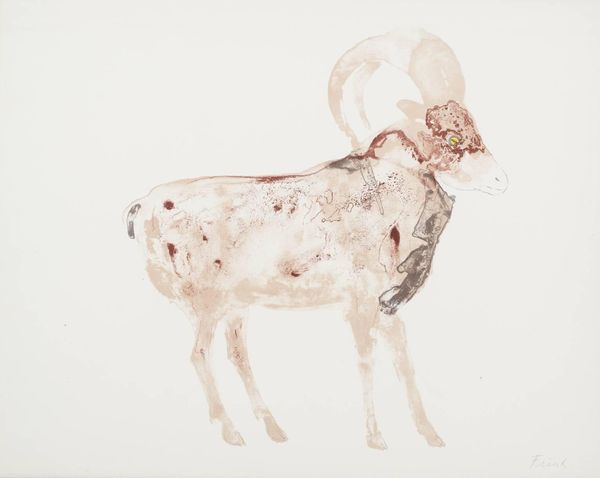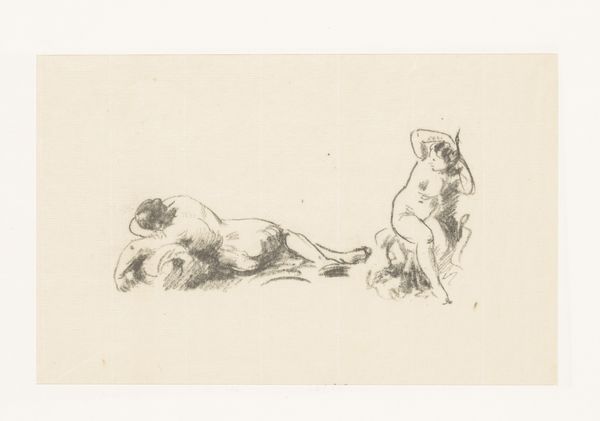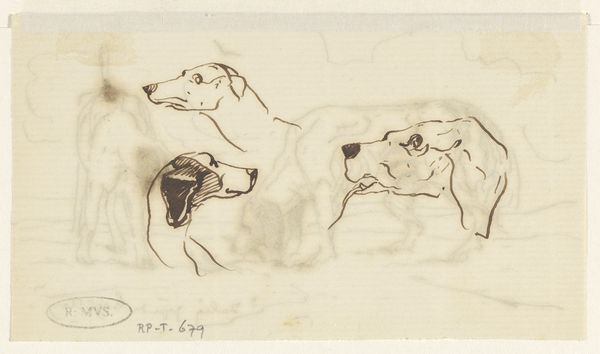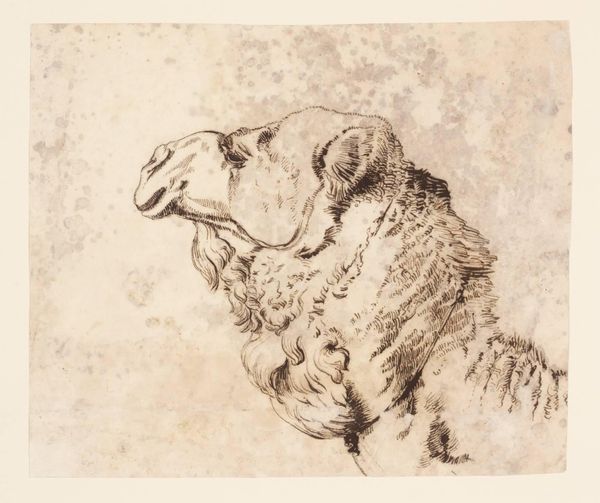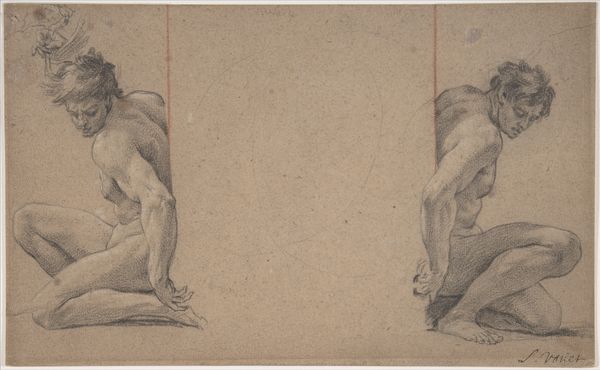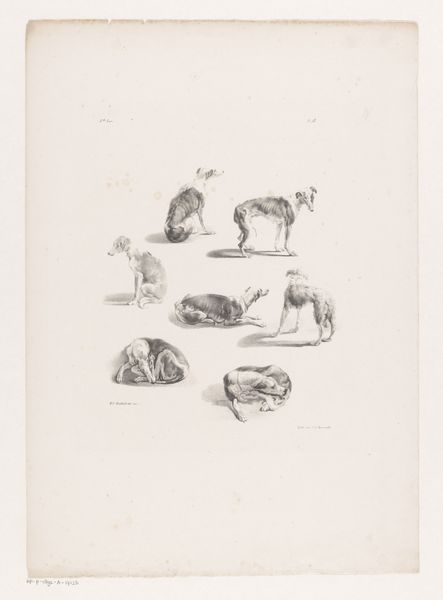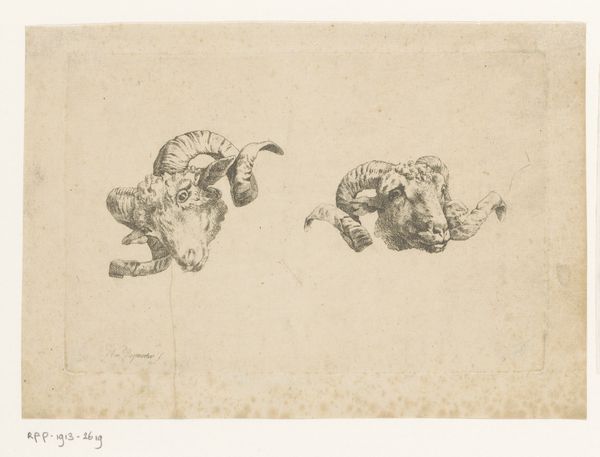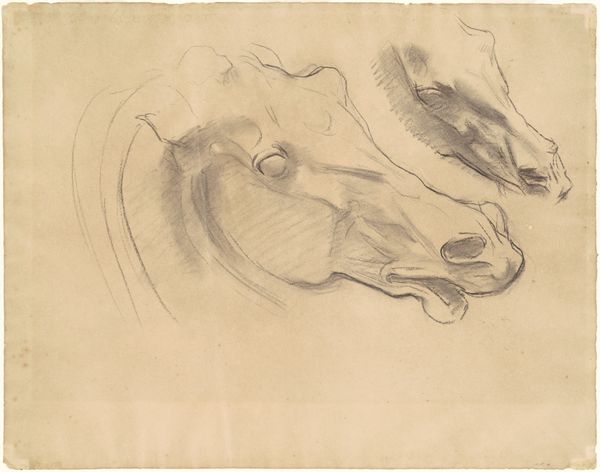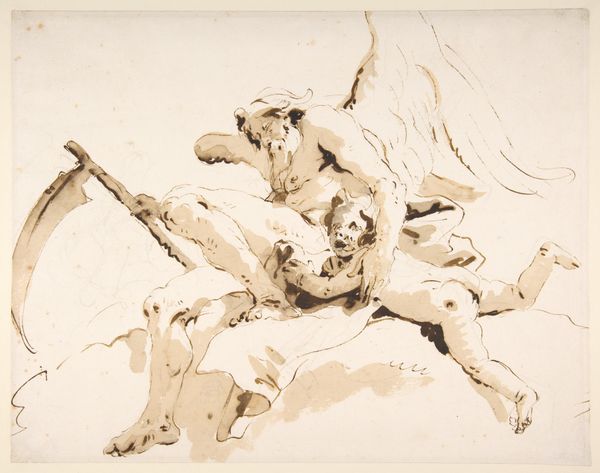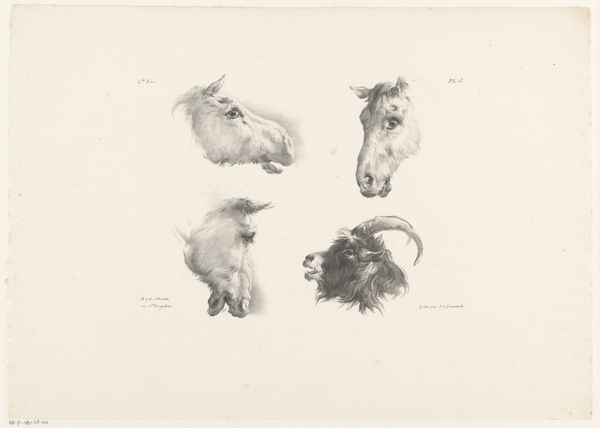
Charging bull (one of a pair) 1745 - 1755
0:00
0:00
ceramic, porcelain, sculpture
#
animal
#
ceramic
#
porcelain
#
sculpture
#
decorative-art
#
rococo
Dimensions: Overall (confirmed): 4 9/16 × 6 1/4 × 2 15/16 in. (11.6 × 15.9 × 7.5 cm)
Copyright: Public Domain
Editor: We're looking at "Charging Bull," one of a pair made of porcelain by the Derby Porcelain Manufactory, around 1745-1755. They’re full of tension and energy. I'm curious, what symbolic weight might these figures have carried for viewers at the time? Curator: Think of the bull, throughout history—the Cretan Minotaur, the Golden Calf, even Wall Street’s modern mascot. These are primal forces, virility, economic power… They trigger deep-seated cultural memories and emotions. In 18th-century England, this porcelain rendering also speaks to wealth and status – a symbol not just of the animal itself, but also the owner’s sophistication. Editor: So, it’s more than just a depiction of farm life. Curator: Precisely. The Derby Manufactory catered to an aristocratic clientele. A piece like this isn’t just decorative; it’s performative. The owner displays an understanding of classical art and mythology alongside a taste for fine craftsmanship. Note how the exaggerated musculature and the twisting poses align with Rococo aesthetics. Does that tell us anything? Editor: It makes me think about the dynamic poses that emphasized movement and emotion, rather than quiet reflection. These bulls become these tiny expressions of grand passions. Curator: Yes! These "Charging Bulls" are far from simple farm animals, and function more like potent symbols loaded with cultural significance and designed to broadcast social messages. Seeing how visual symbols evolve helps to map historical cultural memories and power. Editor: I never considered the cultural load these small figures might be carrying. Curator: Visual analysis really opens a dialogue with the past. Always look for what symbols endure—and how they change.
Comments
No comments
Be the first to comment and join the conversation on the ultimate creative platform.


